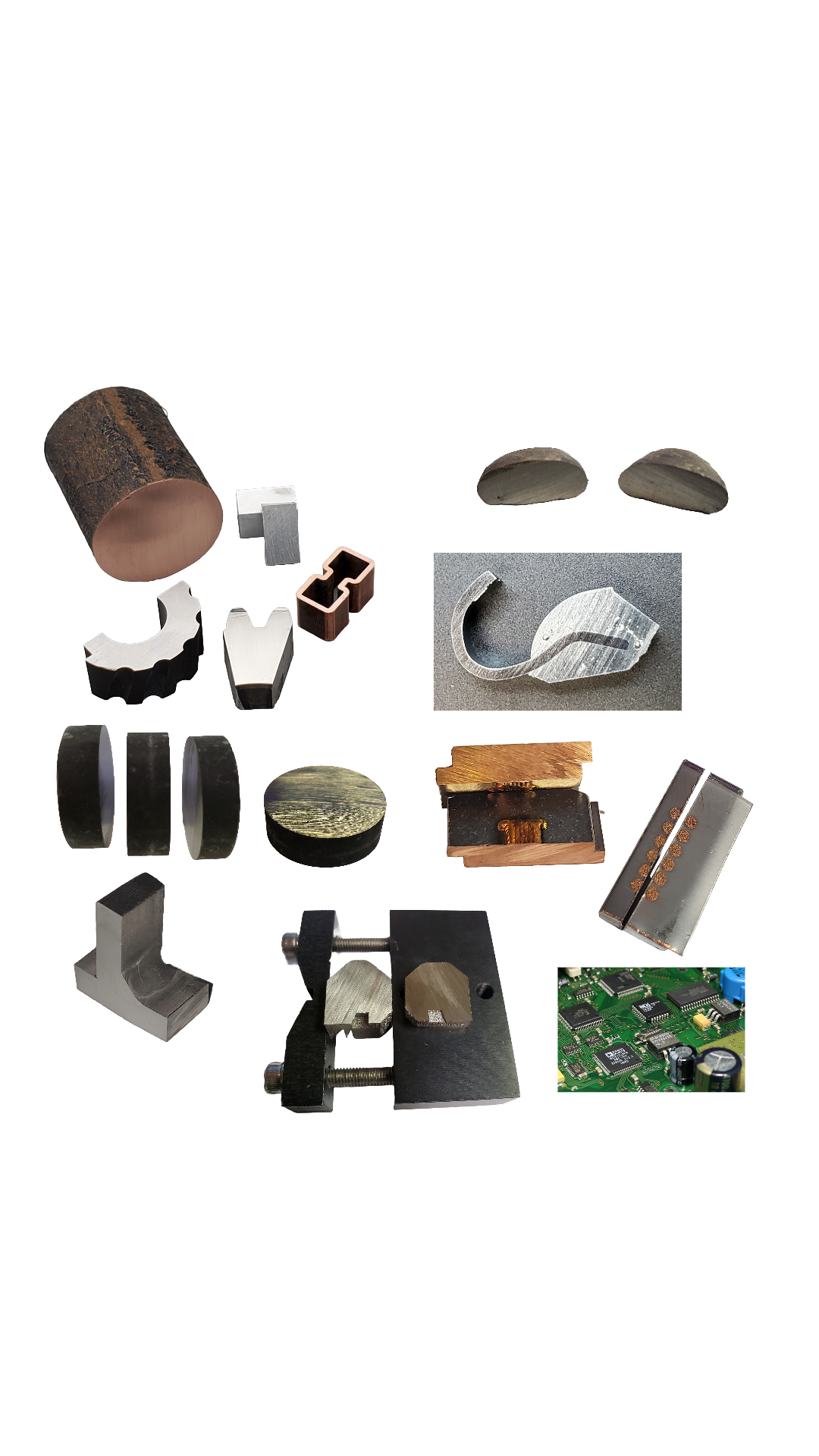
Metallurgical Abrasive Saw or Precision Saw or Both?
Metallurgical sample preparation plays a crucial role in the examination and assessment of materials used across diverse industries such as aerospace, automotive, and manufacturing. The precision of specimen sectioning is vital to acquire representative samples for further analysis. In the realm of sectioning, two primary methods stand out: abrasive saw sectioning and precision saw sectioning, each offering distinct advantages tailored to specific applications.
Abrasive Saws: Efficient and Ubiquitous
Abrasive saws serve as the workhorses of metallurgical sample preparation, celebrated for their efficiency and versatility. These saws employ abrasive cutting wheels, typically spanning 10 to 16 inches in diameter, to slice through materials. The abrasive wheels consist of either aluminum oxide or silicon carbide particles, bound together with resin or rubber, ensuring gradual blade degradation during cutting, thereby expediting the process while preserving specimen integrity.
Critical to abrasive saws is their water-cooling system, crucial for maintaining the specimen's microstructure. Vices flanking the cutting blade secure the part in position, a key stability factor since abrasive blades are fragile and prone to breakage due to sample movement.
Choice of abrasive blade material depends on the substance being sectioned; silicon carbide suits non-ferrous materials, while aluminum oxide is apt for ferrous ones. Blade thickness, ranging from 0.032” to 0.075”, also factors into the decision. Water-based cutting fluids provide corrosion resistance, cooling, and cleaning properties, typically requiring replacement every two weeks or when visibly contaminated to prevent microbial buildup.
To prevent work-piece movement during cutting, marking the specimen within the intended sectioning areas and ensuring proper clamping on both sides of the cutting zone are vital. A consistent load, applied manually or programmed in automated saws, minimizes surface deformation. However, it's noteworthy that abrasive saws come with higher voltage demands, typically necessitating 220V or 480V and 3-phase power.
Precision Saws: Ideal for Delicate Materials
Precision saws excel in targeting specific areas of metallurgical specimens with a heightened degree of precision. They are known for their suitability under low load and low RPM conditions, making them a preference for delicate materials. Typically found in smaller laboratory settings, precision saws replace abrasive wheels with metal core blades featuring embedded diamonds or cubic boron nitride (CBN) on their perimeters. Blade diameters vary from 3 to 8 inches, and thickness can range from 0.006” to 0.040”. This thin profile proves particularly advantageous when sectioning delicate materials like precious metals, PCBs, ceramics, or glass, though it necessitates careful handling due to fragility.
Precision saws rely on variable gravity-fed force for load application, rendering them ideal for handling delicate parts. These saws also offer a range of specimen clamping chucks to accommodate various geometries, irregularly shaped, and fragile specimens. Precision saws typically have smaller cutting chambers and coolant reservoirs in comparison to abrasive saws, requiring more frequent fluid changes.
What sets precision saws apart is their ability to achieve minimal deformation while cutting a wide range of materials. They accommodate various sample shapes and configurations, making them valuable additions to laboratory equipment. Precision cutters provide variable RPM speeds, typically spanning 100 to 1000 RPM for slow to medium-speed models, with some capable of reaching speeds as high as 5,000 RPM for sectioning materials like engineered ceramics. Additionally, precision saws operate using standard 110V outlets, simplifying integration into laboratory environments.
In short, the choice between abrasive saws and precision saws in metallurgical sample preparation hinges on specific material requirements and laboratory capabilities. Abrasive saws shine in efficiency and versatility, while precision saws excel in precision, catering to small geometry, delicate, low-load applications. Understanding the attributes and advantages of each method empowers metallurgists and researchers to make informed decisions and obtain high-quality specimens for analysis and evaluation.

Leave a comment